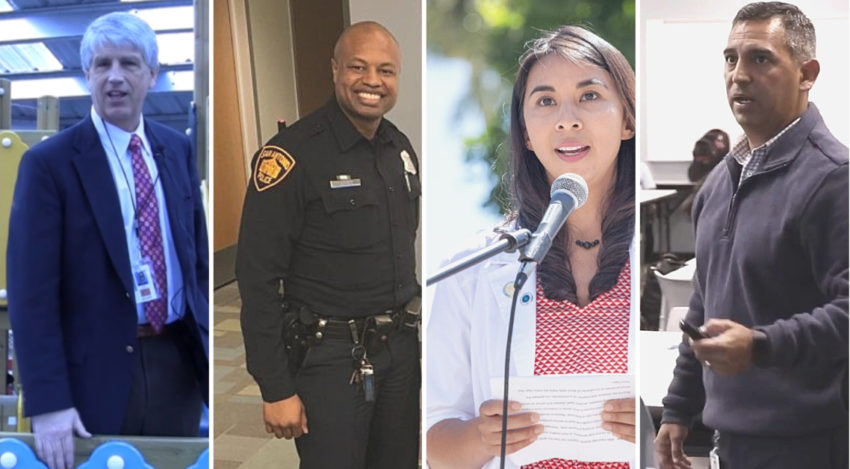
Share On Social!
Childhood trauma. Adverse childhood experiences. Mental health issues.
Whatever you call it, trauma impacts a child’s brain and body. It undermines a child’s ability to learn, build relationships, and contribute in the classroom.
Schools can play a big role in supporting students who deal with trauma out of school.
That’s why we at Salud America! are spotlighting four Salud Heroes who are creating school environments to address childhood trauma among students!
1. Ex-Coach Helps School District Change its System to Create a Culture of Care for Students of Trauma
John Hernandez coached football in three disadvantaged school districts in Texas.
When a player missed practice, Hernandez took it on himself to visit their home. He would check in on them and offer rides, so the players wouldn’t miss practices and games.
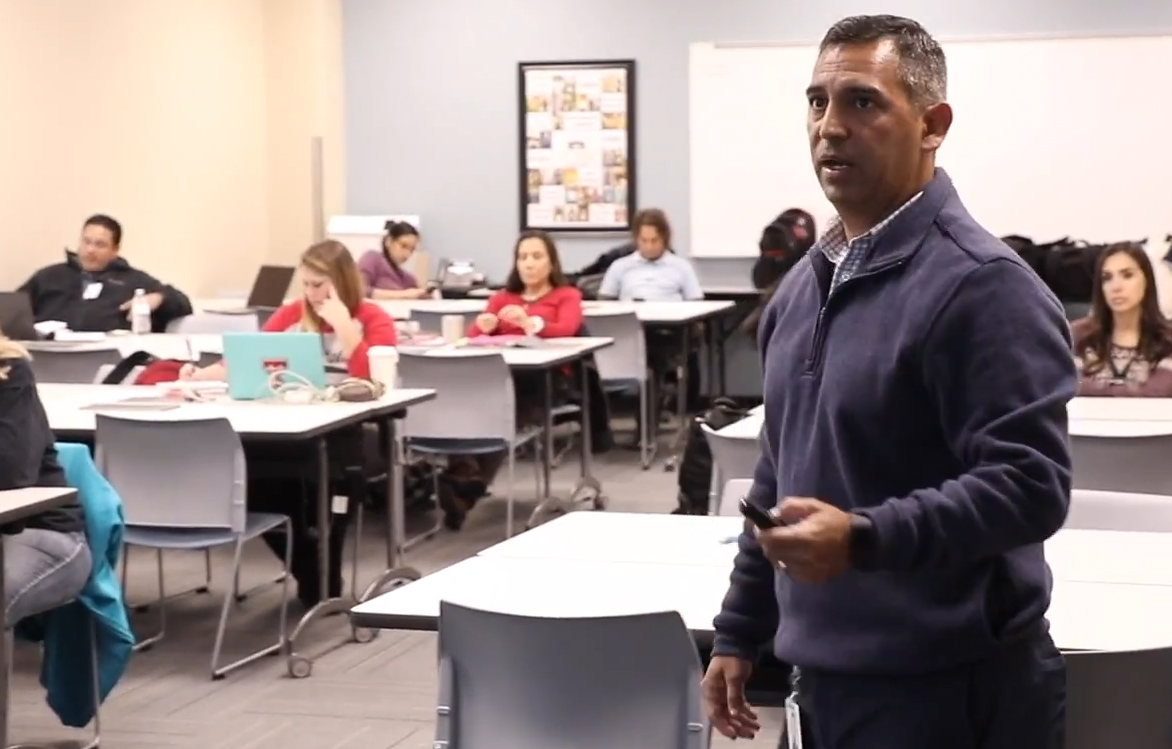
Hernandez, now student services director at East Central Independent School District in San Antonio, continues to see students facing poverty and trauma. This results in missed school, which has disciplinary and even criminal consequences.
Hernandez took it on himself to start a program to identify, support, or counsel these students.
Over the past two years, Hernandez and the EC Cares committee created a trauma-sensitive tracking system.
They already had a response protocol, aka chain of command, in place to alert necessary staff if a student was dealing with adversity at home. The entire EC Care committee and numerous other staff at ECISD had already been trained about the impact childhood adversity has on learning and behavior. And they were already working on being proactive rather than reactive inside the classroom while also connecting students and families to resources outside the classroom.
“Trauma doesn’t stop at 4 o’clock and it doesn’t stop at graduation,” Hernandez said.
Our team worked with John to create the Salud America! “Trauma Sensitive School Action Pack.”
This is a free guide with coaching to help school personnel talk to decision-makers, build a support team, craft a system to identify and support traumatized students, and more!
2. Doctor’s School Program Helps Immigrant Students Build Resiliency in Face of Trauma
Dr. Heyman Oo treated a lot of traumatized child immigrants as a pediatrician in California hospitals and clinics.
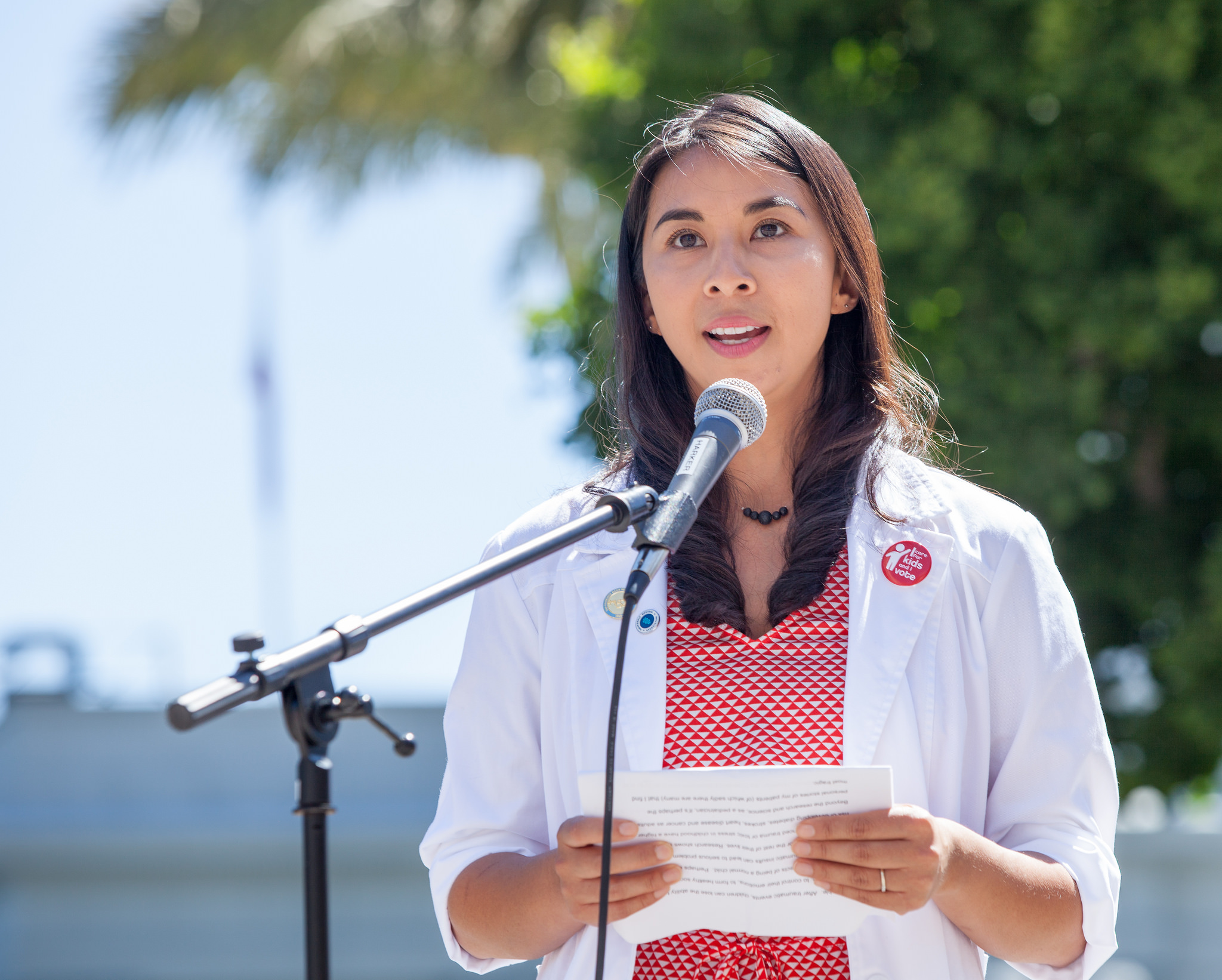
Oo knows these kids face:
- Extreme poverty
- Parental separation
- Discrimination
- Mental health issues
Oo wanted to help. She joined a task force to support children amid a growing number of unaccompanied minors being apprehended at the California border.
They started a school-based intervention to provide mental health services to students who may otherwise fall through the cracks. They use art therapy, mindfulness, trauma narrative therapy, and psychoeducation to help students process their journeys.
“Initial data support that participation in [the program] is associated with improved psychosocial functioning,” according to a report.
See how the intervention is helping students!
3. San Antonio Police Notify School Leaders When Students Witness Crime, See Accident
Diana Centeno knows kids exposed to trauma don’t get extra support they need at school.
Doug Greene knows police come across kids at crime scenes but feel unable to help them cope.
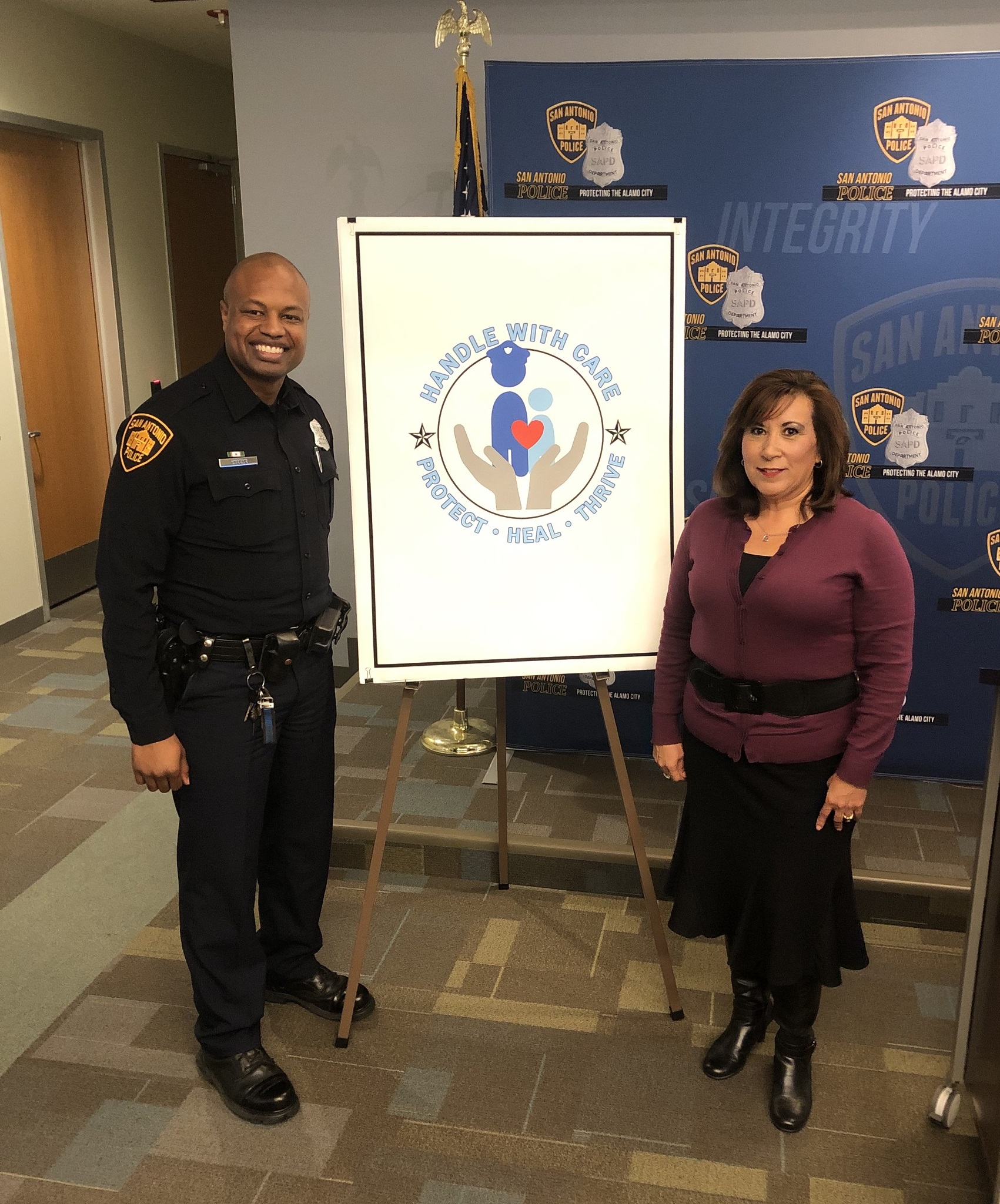
So, they teamed up to start a pilot project where patrol officers send a notification to three San Antonio school districts if a child was present at a traumatic incident. This enables schools to monitor and create support for the child.
“Often times when our students lash out or their behavior is negative, it ends up in a disciplinary referral without ever learning what may have happened the night before,” Centeno said. “The best teachers can use every trick in the hat, but can’t connect with student because more stuff is going on outside of school. We need to address the whole child, not just academic piece.”
See how the Handle With Care program is set up to help kids!
4. Superintendent Starts a Local, Regional, and Statewide Push for Trauma-Informed Care
Bob Stewart knew some students miss class or drop out of Gladstone School District in Oregon (14.6% Latino).
But he didn’t know why.
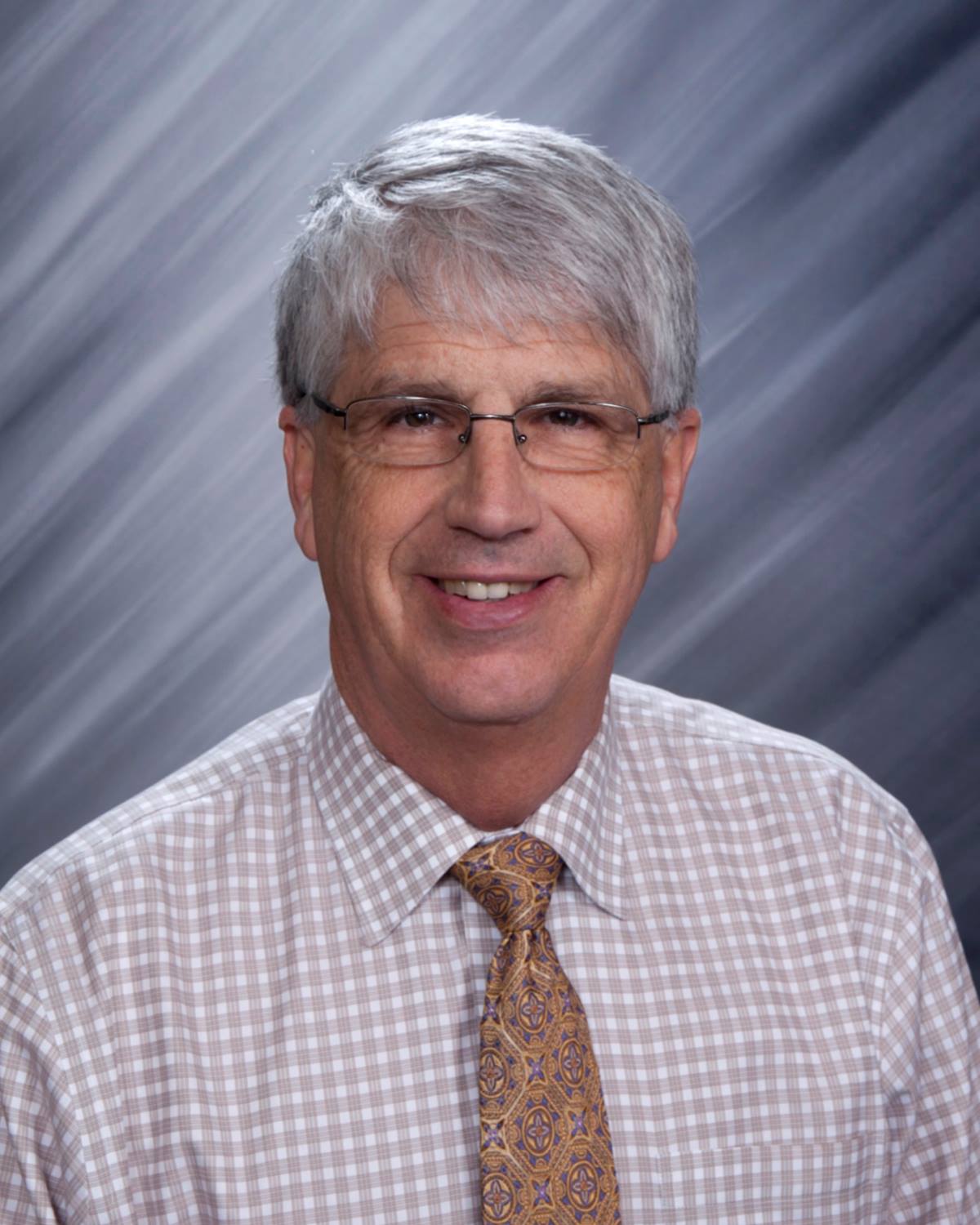
Bob came to realize his students face trauma-neglect, mental illness, poverty, and other adverse childhood experiences-that affect their school attendance and mental and physical health.
He wanted to help.
So he started mental health services in his district.
Then Stewart pushed to start a statewide learning collaborative to educate other school districts how to support students who face trauma.
They are advocating for more change among state legislators.
“Every single school district said the information they received … will lead to systemic changes in the way they do business,” Stewart said.
What Can You Do?
Over 65 cities have started Handle With Care.
You can get Handle With Care started in your community, too!
Download the free Salud America! “Handle With Care Action Pack” to start a Handle With Care program, in which police notify schools when they encounter children at a traumatic scene, so schools can provide support right away.
The Action Pack, which contains materials and technical assistance to help school and police leaders everywhere plan their own Handle With Care program, was created by Dr. Amelie G. Ramirez, director of the Salud America! Latino health equity program at UT Health San Antonio, with help from the West Virginia Center for Children’s Justice, which started the Handle With Care program in 2013.
Explore More:
Trauma & ACESBy The Numbers
142
Percent
Expected rise in Latino cancer cases in coming years
This success story was produced by Salud America! with support from the Robert Wood Johnson Foundation.
The stories are intended for educational and informative purposes. References to specific policymakers, individuals, schools, policies, or companies have been included solely to advance these purposes and do not constitute an endorsement, sponsorship, or recommendation. Stories are based on and told by real community members and are the opinions and views of the individuals whose stories are told. Organization and activities described were not supported by Salud America! or the Robert Wood Johnson Foundation and do not necessarily represent the views of Salud America! or the Robert Wood Johnson Foundation.



